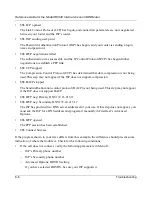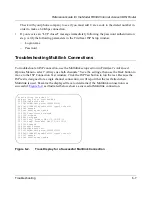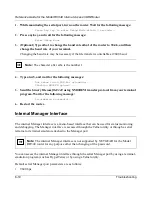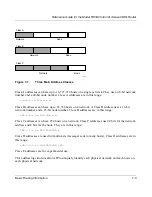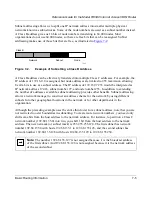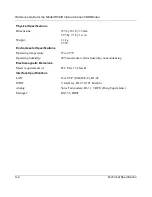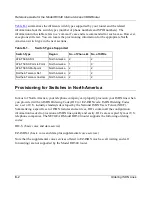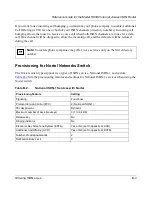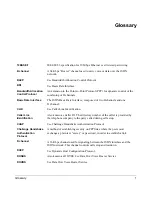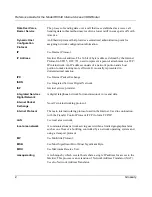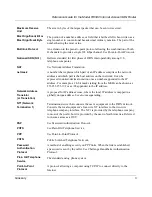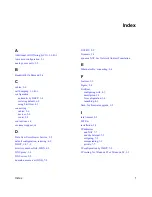
Reference Guide for the Model RH340 Internet Access ISDN Router
Basic Routing Information
7-9
Domain Name Server
Many of the resources on the Internet can be addressed by simple descriptive names such as
www.NETGEARinc.com. This addressing is very helpful at the application level, but the
descriptive name must be translated to an IP address in order for a user to actually contact the
resource. Just as a telephone directory maps names to phone numbers, a domain name server
(DNS) maps descriptive names of network resources to IP addresses.
When a PC needs to access a resource by its descriptive name, it first contacts a DNS to obtain the
IP address of the resource. The PC can then send the desired message using the IP address. Many
large organizations such as ISPs maintain their own DNSs and allow their customers to use them
for address lookup.
IP Configuration by DHCP
When an IP-based local area network is installed, each PC must be configured with an IP address.
If the PCs need to access the Internet, they should also be configured with a gateway address and
one or more DNS server addresses. As an alternative to manual configuration, there is a method by
which each PC on the network can obtain this configuration information automatically. A device
on the network may act as a Dynamic Host Configuration Protocol (DHCP) server. The DHCP
server stores a list or pool of IP addresses, along with other information (such as gateway and DNS
addresses) that it may assign to the other devices on the network. The Model RH340 router has the
capacity to act as a DHCP server.
The Model RH340 router also functions as a DHCP client when connecting to the ISP. The router
can automatically obtain an IP address, subnet mask, DNS server addresses, and a gateway address
if the ISP provides this information by DHCP.

